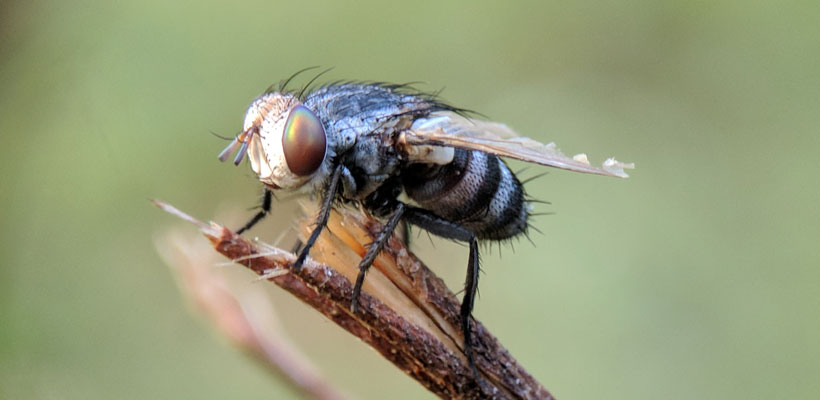
The slogan "Keep Calm and Carry On" is popular — but motivational posters won't help our pups!
Dogs sometimes develop fears around specific things, like balloons or cooking alarms. Often such seemingly weird fears proliferate.
Fears can quickly become debilitating, and it's best to nip them in the bud!

The longer they remain in your dog's emotional/ behavioural repertoire, the harder they can be to fix.
'Fear Not' provides desensitization and counter conditioning protocols, as well as individualized strategies to build optimism and/or soothe your dog's nervous system.
In person or live on-line coaching
3 session package of 1:1 coaching includes
$279 + HST
Take action now if your dog shows fear around any common or unusual phenomena.
We help you find the 'fear fix' for
Anything that improves your dog's sense of control and predictability — and their joy in life — will help; done right, training/coaching improves your dog's mental health! Specifically, parkour and nosework are two new-ish sports that have a rep for really building canine confidence.
Sometimes people are reluctant to give pharmaceuticals to their dogs. Or they use alternative therapies alongside medical ones. In the treatment of fear, both acupuncture and t-touch are popular go-tos for the holistically-minded pet person.
And Dr. Andrea Breen, Families Interacting with Dogs (FIDO) research group, University Of Guelph, suggests "Maybe the key is finding what the dog finds comforting: Music (reggae, classical) might be it for some; a Thundershirt or Adaptil collar for others; and, for dogs who love to be touched, being close might bring comfort."

This is a controversial topic, in part because dog pros care so much about fearful, vulnerable dogs (and because, as in every profession, there are turf wars!).
The debate centres on whether comforting your frightened dog might increase their fearful behaviours. Experts like Patricia McConnell explain that fear, which is an emotion, cannot be reinforced. So comforting your frightened dog, say, during a thunderstorm, may be the kindest thing to do (for both human and dog!).
But as McConnell also warns,
"it is possible to increase the frequency of a problematic behavior in some contexts, even if fear is one of the motivators".
Co-Evolved Canine's advice is to make sure that your dog is getting lots of nurturing attention in everyday life; don't offer comfort only in moments of fear and vulnerability. And if, when soothing your dog, you see an increase in distressed behaviours, change your strategy, and think about consulting a professional.
Information from this website may be helpful: https://fearfuldogs.com/
Our dog Rosie was terrified of everything – from buses to garbage trucks to pylons to boxes delivered by Amazon (not the delivery person... the box). She developed terrible separation anxiety and would seriously upset herself when we left the house.
We were connected to Mason and she changed everything – and within a matter of weeks.
She taught us how to understand Rosie, how to use positive motivation for training, and most importantly how to help us help Rosie get over her fears and be a happier and less anxious girl.- Kate, caretaker & companion to Rosie